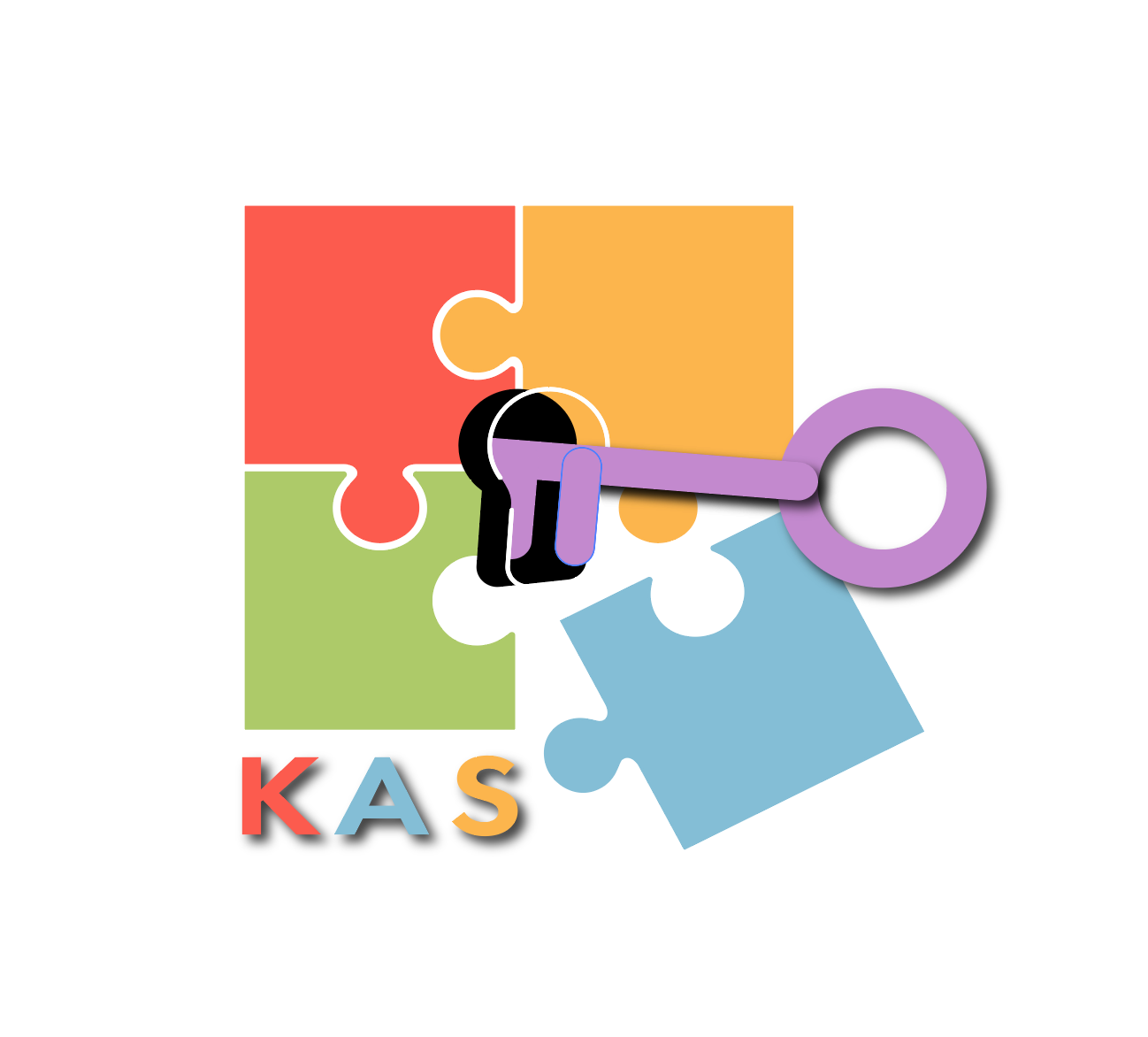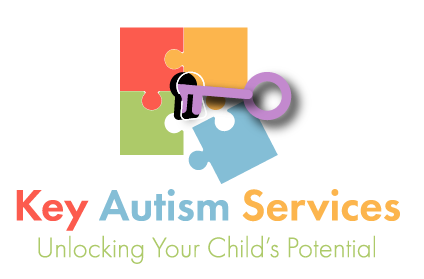ABA Therapy is short for Applied Behavior Analysis Therapy and is regarded as the gold standard for autism treatment. It is a form of therapy that is based on the principles and the science of human behavior and learning. As the go-to method of autism therapy, ABA has been used to improve communication, social and learning skills by using key tactics like positive reinforcement, mainly with individuals who have been diagnosed with Autism. It employs a system of rewards and consequences to curb and eventually eliminate negative or harmful behaviors, helping to mold behavior in a positive way.
It has also been effective in treating other conditions such as anxiety, OCD, phobias, eating disorders, substance abuse and more.
How Does In-Home ABA Therapy Work?
No two kids are alike which is why ABA Therapy has several phases and can be customized to your child’s specific needs. ABA Therapy starts with an initial consultation and a functional behavior assessment, administered by a qualified and trained ABA Therapist or Behavior Technician. During this assessment, the ABA Therapist will start by asking the parents, in-home family or direct caregivers questions about the child’s strengths, abilities and challenges. They will meet and get to know the child, interacting with them and getting a feel for their communication levels, their social skills, how they learn, their personality and more. All the information gathered here will be used to create a custom behavior plan for your child.
What Do the In-Home ABA Therapy Sessions and the ABA Behavior Plan Entail?
The ABA Therapist assigned with the child will then work the BCBA, or Board Certified Behavior Analyst to formulate the behavior plan. They will share the observations made during the assessment to start with an initial plan of action for the individual child moving forward. This dictates what the ABA Therapist will work on with the child during all subsequent In-home ABA therapy sessions. It will align with the child’s needs, unique strengths and challenges and will dictate treatment methods and goals.
Goals set usually aim at correcting problematic behaviors or harmful behaviors, such as aggression, emotional outbursts, self-injury, and tantrums; it will help increase or improve learning, communication, and social skills. Behavior plans also include principles and strategies caregivers, teachers, and other influencers in the child’s life can use to help the child meet his or her behavior goals. This helps keep everything the child is learning streamlined and reduces the chance for conflicting ideologies that could confuse the child and set them back in their progress.
More specifically, some of the intervention methods utilized in different behavior plans can include:
Verbal Behavior Intervention: focuses on improving communication skills with kids who display non-verbal behaviors.
Early Start Denver Model: Uses play-based activities to integrate multiple goals.
Early Intensive Behavioral Intervention: Recommended for kids under age 5 and teaches functional and adaptive skills, social interaction, and communication skills in a focused, intensive manner.
Pivotal Response Training: Allows the child to take charge and lead in a learning activity with the therapist suggesting several choices for the child to select from, based on the child’s displayed tendencies and skills.
Discrete Trial Training: Teaches via structure and task completion, offering rewards on jobs well done.
The Importance of In-Home ABA Therapy
The best place to do this is in a natural environment for the child, so the therapist can get a full understanding of what factors are at play in the child’s behaviors. It will also give the child the utmost sense of comfort, knowing that they are in a natural environment, giving the therapist a much more accurate assessment of the child’s natural tendencies and habits than if the child were to be assessed in an unfamiliar environment. Other places your therapist may spend time with the child in, are in other natural settings like at school, where the child is accustomed to spending time. This allows the therapist to observe the child as they go about their daily activities.
ABA Therapy and Caregiver Training
Being in a natural setting also allows the ABA Therapist to get the support of the other caregivers and educators around the child, like the parents and the teachers in his or her life. Having the principles and the different behavior intervention strategies reinforced by other authority figures in the child’s life is key to helping them succeed in reaching their goals. The ABA Therapist assigned to work with the individual child will provide training for caregivers and oftentimes ask that they participate in the one-on-one therapy sessions. The training will help caregivers navigate challenging behaviors and help steer the child into more positive ways of responding.
Ongoing Evaluation
The aim of the ABA Therapy sessions is to reveal any causes of any detrimental behaviors while working to replace those behaviors with more positive, constructive ones. Over the course of the child’s therapy journey, there will be more assessments made based on the data that is collected. The approach will be adjusted as more sessions are completed, as time goes on and as progress is made. The behavior plans are designed to be scalable and malleable, allowing the therapist to build on it and adjust it as the child grows and learns.
What are the Results of Successful In-Home ABA Therapy?
ABA Therapy helps kids with Autism communicate more effectively, show more interest in the people and activities around them, engage in more socially healthy ways and will help them become more independent by being able to ask for things themselves, having fewer tantrums or outbursts, being more focused at school and by eliminating self-harming behaviors.
To get more of your questions answered, reach out to our staff to schedule a consultation with the Key Autism Team.

